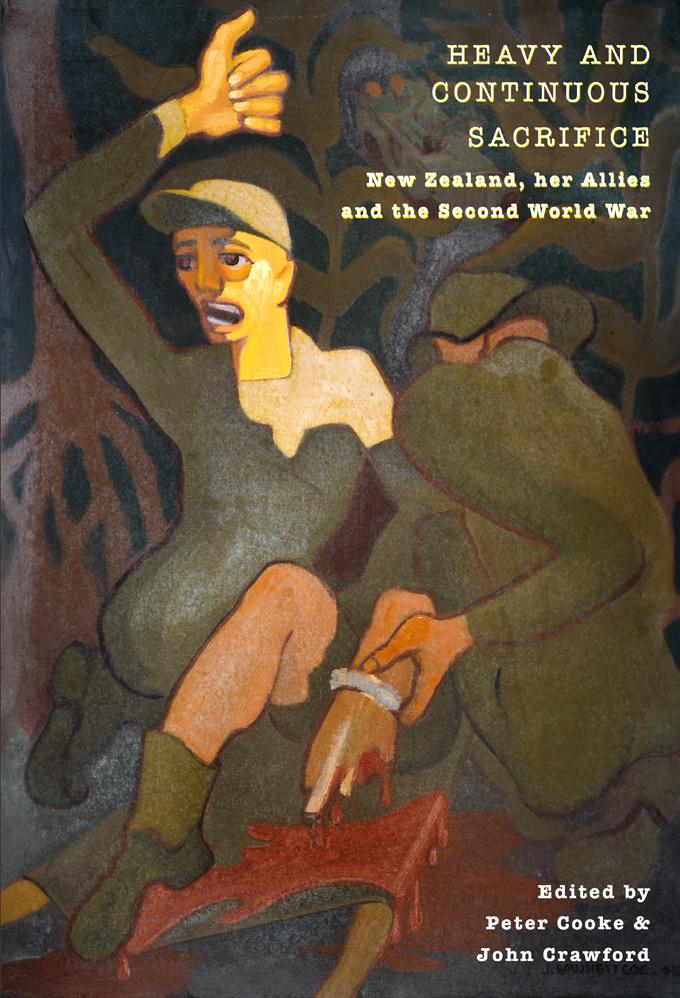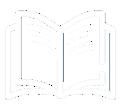CHACRCRITIQUE
SEPTEMBER 2024 #12
TITLE
Published by New Zealand Military History Commission, ISBN: 978-0-473-70423-0
Heavy and Continuous Sacrifice: New Zealand, her Allies and the Second World War
EDITORS
Peter Cooke and John Crawford
REVIEWER
Major Paul Knight, SO2 Historical Analysis, Lessons Exploitation Centre, Land Warfare Centre
NEW PERSPECTIVES ON A LONG-STANDING ALLY
Growing global interest in the Pacific sphere – ABCANZ, Five Eyes, AUKUS et al – makes this examination of New Zealand perspectives on coalition operations particularly pertinent.
Heavy and Continuous Sacrifice: New Zealand, her Allies and the Second World War is a collection of 23 essays, which originated from a conference run by the New Zealand Military History Committee. Three of the articles cover air and naval operations, while two examine the impact of operational experiences on the postwar domestic space as viewed by later generations. The remaining 18 chapters can be loosely grouped into six categories: expansion of a small, peacetime military, including capability and conscription; perceptions of the enemy, especially the Afrika Korps and the Japanese; operational experiences; relations with allies – UK, Australia, France and the USA; racial and sexual relations in the Middle East and Japan; and the experience of Jewish refugees.
Many of the issues faced by New Zealand in the late-1930s/early-1940s were similar to those experienced by the British Army. A small, underfunded army in a country supportive of Chamberlain’s policy of appeasement needed to expand rapidly to support the UK in Europe and defend itself from Japan. New Zealand faced an additional problem that its personnel had gained no military experience since 1918 and those who had were ageing (Chapter 10, The Best We Have at the Present Time).
General Bernard Freyberg VC commanded the 2nd (NZ) Division in North Africa and Italy, the only Commonwealth general officer commanding to remain in post for the duration of the Second World War. (The tenure of his British counterpart in North West Europe could average as little as one month.) His command of a national contingent became highly politicised
(Chapter 6, Is it proposed that he is to go on indefinitely?), as well as a military matter. His division was not to be used as a normal British Army division which could be employed piecemeal, but to be kept as a national entity (Chapter 7, Auchinleck and Freyberg at War). This produces interesting parallels with the modern British Army’s single armoured division and its employment as part of a larger, USdominated coalition.
New Zealand’s position in the Allied camp changed significantly through the war as its relationship with larger, more populous states shifted. In the First World War, New Zealand was firmly within the Imperial sphere and junior to Australia. In the late-1930s New Zealand adopted a policy independent of Australia (Chapter 2, Scruffy Younger Brother), only to fall under US cultural and military dominance (Chapter 16, American Cousins). Despite this, New Zealand’s then Prime Minister Peter Fraser “moved in the stratospheric premier league”, a standing which has not been matched since by any of his successors.
The elements covering New Zealand’s operational history in North Africa and Italy are particularly engaging and complement comparable British Army accounts. They are not without criticism and deep analysis. Lieutenant Colonel Peter Wood’s chapter, The Will to Fight, for example, examines the unprecedented refusal of a platoon to engage with the enemy, and the reasons behind it. This chapter alone should be essential reading for military audiences.
If there was a difficulty in consuming this book, it was the reviewer’s lack of familiarity – despite being married to a Kiwi – with New Zealand domestic politics, and the military and political personalities of the period. This is certainly not a criticism of the title itself, but rather an admission of a lack of a detailed understanding of a significant Commonwealth ally.




